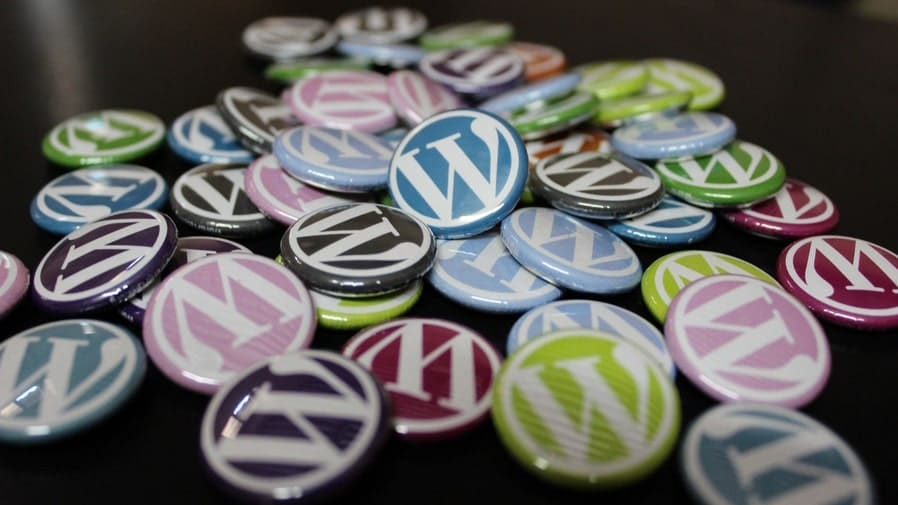Versatile and Powerful Content Management System
As a versatile and powerful content management system (CMS), WordPress has become the go-to platform for countless website owners. However, maintaining a WordPress website requires consistent effort and attention to ensure optimal performance, security, and user experience. In this article, we will delve into the key aspects of maintaining a WordPress website, from updates and backups to security and optimization. By following these best practices, you will ensure your website remains healthy, safe, and user-friendly.
1. Regularly Update WordPress, Themes, and Plugins
One of the crucial aspects of maintaining a WordPress website is keeping the core software, themes, and plugins up to date. Updates often include security patches, bug fixes, and new features that can enhance the functionality and performance of your website.
To update WordPress, follow these steps:
- Backup your website (See Section 2)
- Navigate to the WordPress Dashboard
- Go to Updates in the sidebar menu
- Click on the “Update Now” button for WordPress, themes, and plugins
2. Create and Store Backups of Your Website
Regular backups of your website ensure that you can quickly restore your site in case of data loss, hacking, or server failure. Follow these best practices for website backups:
- Use a reliable backup plugin like UpdraftPlus, BackupBuddy, or Duplicator
- Schedule automatic backups (daily, weekly, or monthly, depending on your site’s activity)
- Store backups offsite, such as in cloud storage (e.g., Google Drive, Dropbox, or Amazon S3)
3. Implement Security Measures
WordPress websites are often targeted by hackers and malicious bots. To protect your site, take the following security measures:
- Use strong, unique passwords for your WordPress admin account
- Install a security plugin, like Wordfence, Sucuri, or iThemes Security
- Enable two-factor authentication (2FA) for added security
- Regularly monitor and scan your site for malware and vulnerabilities
- Limit the number of user accounts with admin privileges
4. Optimize Your Website for Speed and Performance
Slow-loading websites can lead to poor user experience and negatively impact your search engine rankings. To ensure your WordPress site is running at peak performance, follow these optimization tips:
- Use a caching plugin, like WP Super Cache, W3 Total Cache, or WP Rocket
- Optimize images using a plugin like Smush, ShortPixel, or Imagify
- Minify CSS, JavaScript, and HTML files to reduce load time
- Use a Content Delivery Network (CDN) to serve static assets faster
- Regularly monitor your site’s speed using tools like Google PageSpeed Insights or GTmetrix
5. Monitor and Optimize Your Database
WordPress stores data in a MySQL database, and over time, this can become cluttered and slow down your website. To maintain your database, follow these steps:
- Install a database optimization plugin, like WP-Optimize or WP-Sweep
- Schedule regular database cleanups to remove unnecessary data, such as post revisions, spam comments, and transients
- Optimize your database tables by using the plugin or phpMyAdmin
6. Remove Unnecessary Themes and Plugins
Having too many themes and plugins installed can make your website more vulnerable to security threats and slow down performance. To declutter your site:
- Deactivate and delete unused themes and plugins
- Only use reputable plugins and themes from trusted sources
- Regularly review your installed themes and plugins to ensure they are still necessary and well-maintained
7. Keep Your Content Fresh and Updated
Regularly updating your content not only provides value to your audience but also helps improve your search engine rankings. Keep your WordPress website fresh and relevant by following these content management tips:
- Create a content calendar to plan and schedule new posts, pages, and updates
- Regularly review and update outdated content, including broken links, outdated statistics, and old images
- Engage with your audience by responding to comments and addressing user feedback
- Analyze website analytics to identify popular content and opportunities for improvement
8. Ensure Your Website Is Mobile-Friendly
With more users accessing the internet through mobile devices, having a mobile-friendly website is essential. To optimize your WordPress site for mobile devices:
- Use a responsive theme that automatically adjusts to different screen sizes
- Test your site on various devices and browsers using tools like BrowserStack or Google’s Mobile-Friendly Test
- Optimize your site’s navigation, layout, and font sizes for readability on mobile devices
- Implement Accelerated Mobile Pages (AMP) to serve your content faster on mobile devices
9. Invest in Regular Website Maintenance
Proactively addressing potential issues and regularly monitoring your WordPress site’s performance can save you time and headaches in the long run. Consider investing in a professional website maintenance plan, which typically includes:
- Regular updates to WordPress, themes, and plugins
- Scheduled website backups and offsite storage
- Security monitoring and malware removal
- Performance optimization and database maintenance
- Technical support and assistance for resolving issues
10. Stay Informed About WordPress Best Practices
WordPress is constantly evolving, and staying informed about the latest trends and best practices is crucial for maintaining a successful website. To keep up-to-date:
- Follow reputable WordPress blogs and news sources, such as WPBeginner, WPTavern, and the official WordPress.org blog
- Join WordPress communities and forums, such as WordPress Stack Exchange, Reddit’s r/WordPress, or the WordPress Support Forums
- Attend WordPress events, such as WordCamps or local Meetups, to learn from experts and network with other WordPress users
Summary
Maintaining a WordPress website involves regular updates, backups, security measures, optimization, content management, and more. By following the best practices outlined in this article, you can ensure your website remains healthy, secure, and user-friendly. Investing in regular website maintenance and staying informed about the latest WordPress trends and developments will help you stay ahead of potential issues and create a successful online presence.

